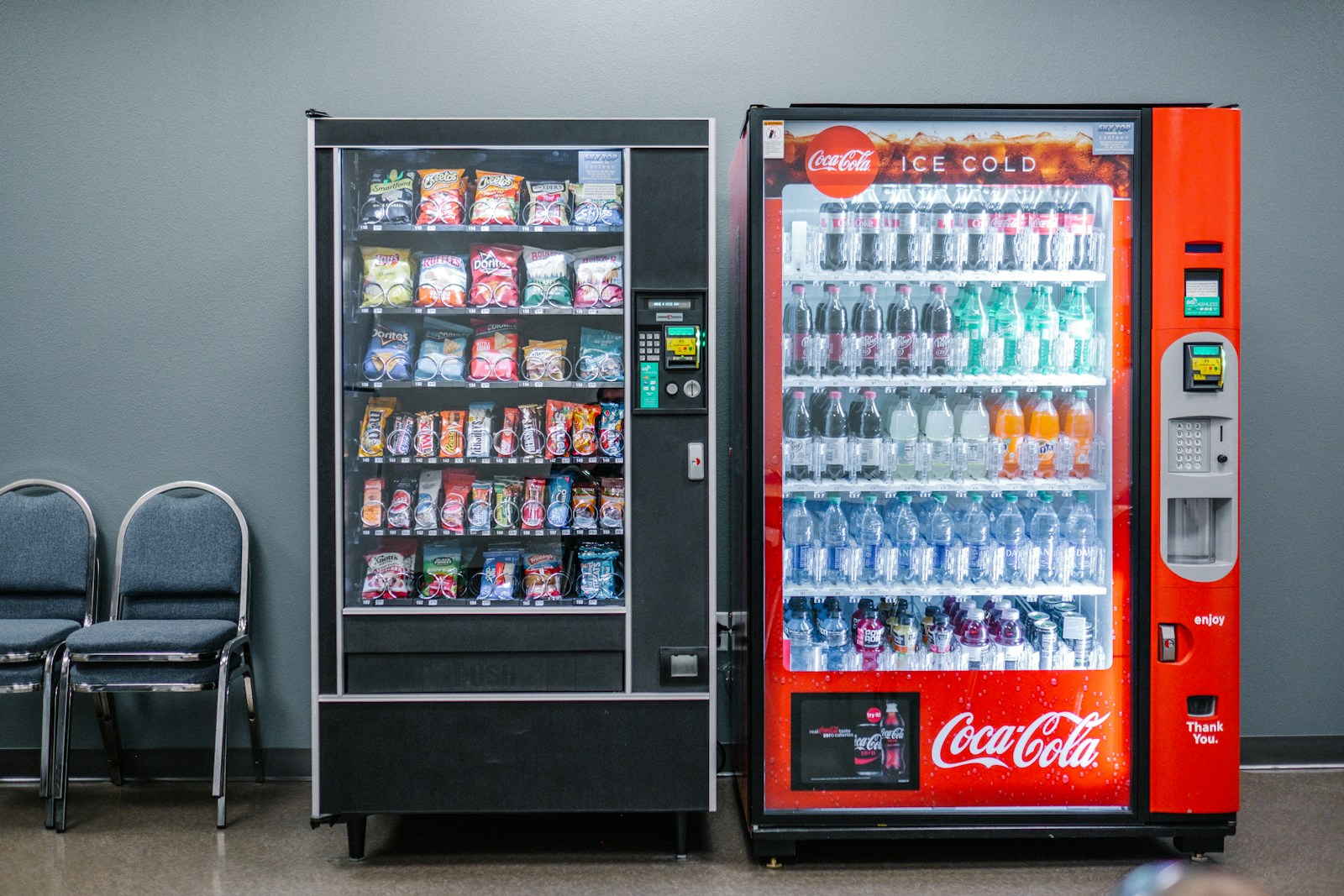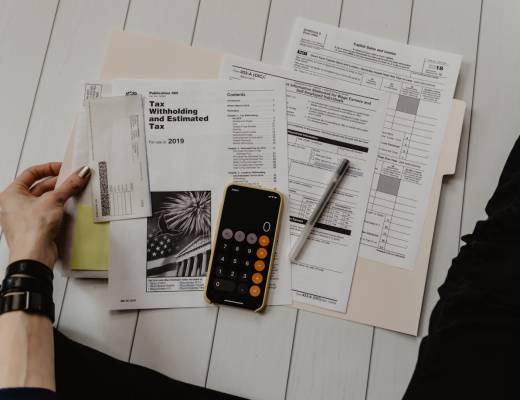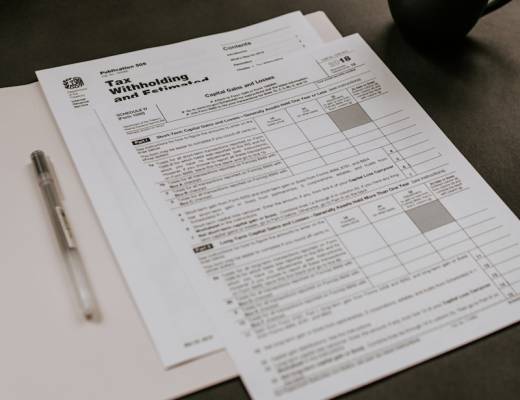The Initial Business Plan vs. Reality
The experiment began with a producer named Caroline who had never run a business before. She was given $5,000 to start a vending machine operation, planning to generate $3,000 in monthly revenue with about $1,000 in take-home profit. Her initial setup included four machines costing approximately $5,000 total, with about $2,000 in inventory costs. What she didn’t account for were the hidden expenses:- Labor costs for machine maintenance and restocking
- Travel time to and from locations
- Technical issues with older machines
- Connectivity problems affecting card readers
Location Is Everything
If there’s one lesson that stands out above all others, it’s that location determines success or failure in the vending machine business. The initial location Caroline chose was a landscaping company with about 150 technicians and 30 office workers. Sounds promising, right? Wrong. Despite the numbers looking good on paper, the location suffered from several critical problems:- Poor connectivity for card readers
- The machines placed a $10 hold on credit cards, which deterred lower-income workers
- The location was 30 minutes away, making maintenance visits time-consuming
- Older machines frequently malfunctioned
The Turnaround: Finding the Right Fit
The experiment took a dramatic turn when Caroline pivoted to a senior living facility with 200+ units. This location had several advantages: First, the residents had limited mobility, meaning they couldn’t easily access outside food options. Second, the management and residents were genuinely excited about having vending machines. Third, Caroline took time to interview potential customers about their specific needs. The results? One machine at this location generated about $60 per day – approximately $1,800 monthly. That’s double what four machines produced at the previous location. Even more impressive, Caroline reduced her time commitment from 4-10 hours weekly to just 2 hours, while increasing her profit margin to 30-50%. This meant a monthly profit of around $550 from a single machine.The Hard Truth About “Passive” Income
Let me be crystal clear: vending machines are not passive income. Anyone claiming otherwise is being dishonest. This business requires consistent attention, problem-solving skills, and hands-on management. The experiment revealed several critical factors for success:- New machines over old ones – Older machines break down frequently and have outdated interfaces
- Know your customer – Understanding what products will sell and at what price points is crucial
- Reliable connectivity – Card readers need stable internet connections
- Maintenance support – Having someone who can quickly fix technical issues is essential
- No long-term contracts – Maintain flexibility to move machines if a location underperforms
Is This Business Right For You?
Vending machines can be profitable, but they’re best viewed as a “starter business” rather than a million-dollar opportunity. With the right location and setup, you might generate $500-1,000 in monthly profit per machine with just a few hours of weekly work. However, this isn’t for everyone. You need to be willing to solve problems, build relationships with location owners, and stay on top of inventory and maintenance issues. If you’re looking for truly passive income, look elsewhere. The most successful vending machine operators understand that this is fundamentally a real estate business – it’s all about securing prime locations with captive audiences willing to pay for convenience. Master that aspect, and you might just build a profitable side business that generates consistent income without consuming your life.Frequently Asked Questions
Q: How much does it cost to start a vending machine business?
Based on the experiment, expect to invest around $2,500 for a new machine plus $500-700 for initial inventory. If you’re buying multiple machines, your startup costs could range from $5,000-10,000 depending on the quality and number of machines you purchase.
Q: What’s the typical profit margin for vending machines?
A well-placed machine with appropriate pricing can generate a 30-50% profit margin. This means if your machine makes $1,800 in monthly revenue, you might see $550-900 in profit after accounting for inventory costs, maintenance, and your time.
Q: What makes a good vending machine location?
The best locations have high foot traffic, captive audiences (people who can’t easily leave to get food elsewhere), good connectivity for card readers, and management that’s enthusiastic about having your machines. Senior living facilities, busy office buildings, and certain manufacturing facilities can be excellent options.
Q: Should I buy new or used vending machines?
The experiment strongly suggests investing in new machines unless the used ones will be located very close to you. Older machines frequently malfunction, have outdated payment systems, and can be difficult to program. The time and frustration saved with newer machines typically justifies the higher upfront cost.







